How do Chinese CapsuleCollections in the fashion industryshow structural racism in Western brands?
In the luxury sales industry, brand localization is a very common situation in order to win the hearts of consumers. Localization means that a brand appreciates the culture of a region, and integrates local characteristics with its own brand elements, giving the brand diversity. The biggest advantage of brand localization is that it can start up the market in a region, and both the brand and the local culture can be promoted to achieve a win-win situation. The second is the consistency of brand and culture. The affirmation of local art aesthetics and the integration of local ingenuity are the core key rather than misappropriation. It proves that it is not easy to do brand localization.
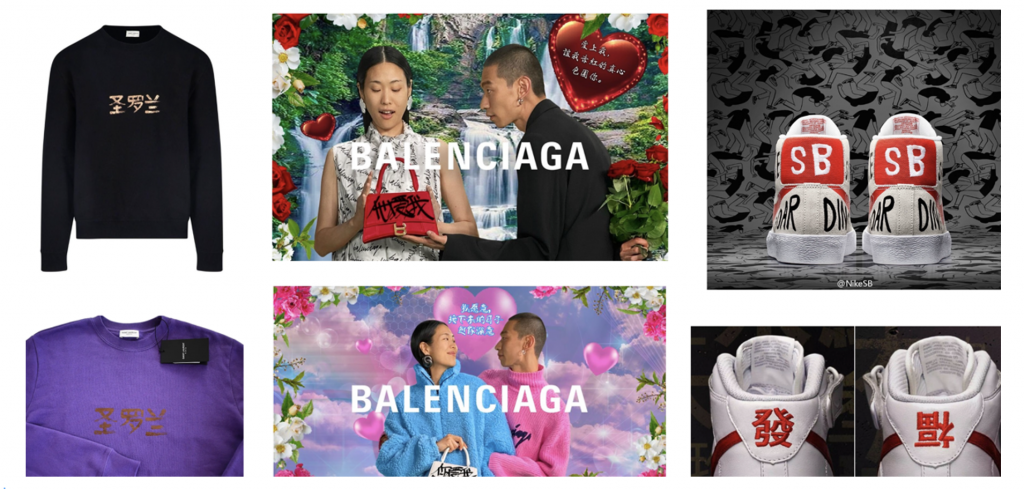
Under the trend of globalization, respecting local culture and consumers is a very simple but difficult for brands. This is not only linked to sales but also linked to a country’s art and culture. Many fashion brands will choose Asians’ favorite New Year zodiac series as design inspiration or written brand name in Chinese as selling point. Although this is not wrong for the brand, but it shows that it lacks creativity and is not clear enough about Chinese culture. In the European Press Prize project, I want to write such a report is that I hope more brands can explore more Chinese elements from multiple angles instead of just catering to the surface.
For this project, I conducted interviews with three senior executives in high-end fashion brand. They work at Tiffany & Co (Southwest China Regional Manager), Fendi (Shanghai Store Manager) and LOEWE (Training Department Manager). After the interview, I came up with three completely different answers. Each brand’s decision-making in the localization market is completely different. Fendi did not really focus on localization in China and only launched limited colors for the Chinese market. Tiffany will have some Chinese New Year limited products, while LOEWE is most attentive in exploring the local market and designing by combining brand culture with traditional Chinese culture. After the interview, I decided to conduct an in-depth analysis of LOEWE’s achievements in the Chinese localization market in this project to explore why LOEWE can become a successful example.
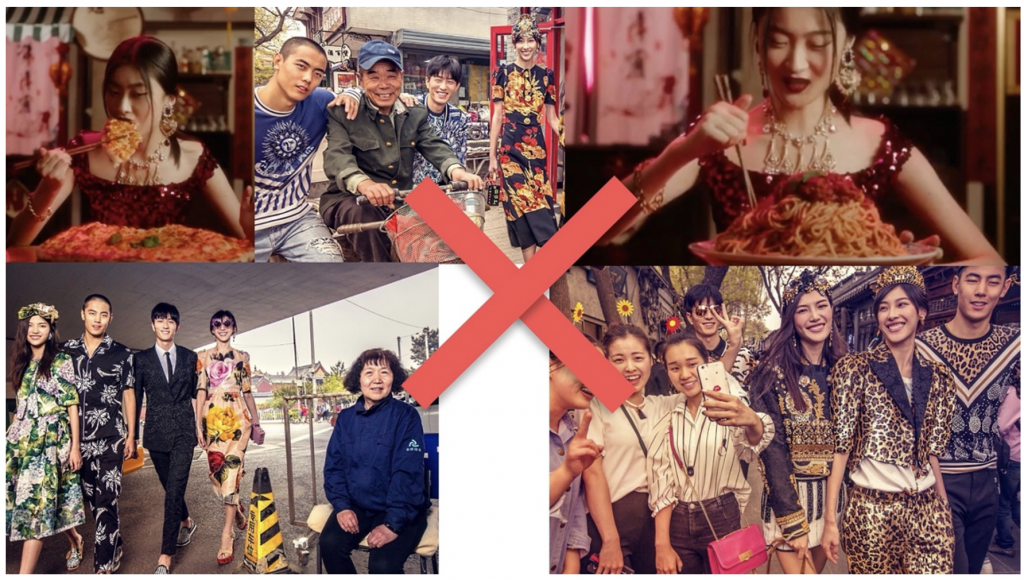
I communicated with my friends who studied fashion design. We jointly discussed the issue of major luxury brands incorporating elements such as the Chinese zodiac and special holidays into their designs. We find that these brands seem to be engaged in a competition to “whose design is uglier”. This approach not only failed to impress the Chinese consumer group, but we all believe that this reflects exporting a negative image of Chinese design abroad.
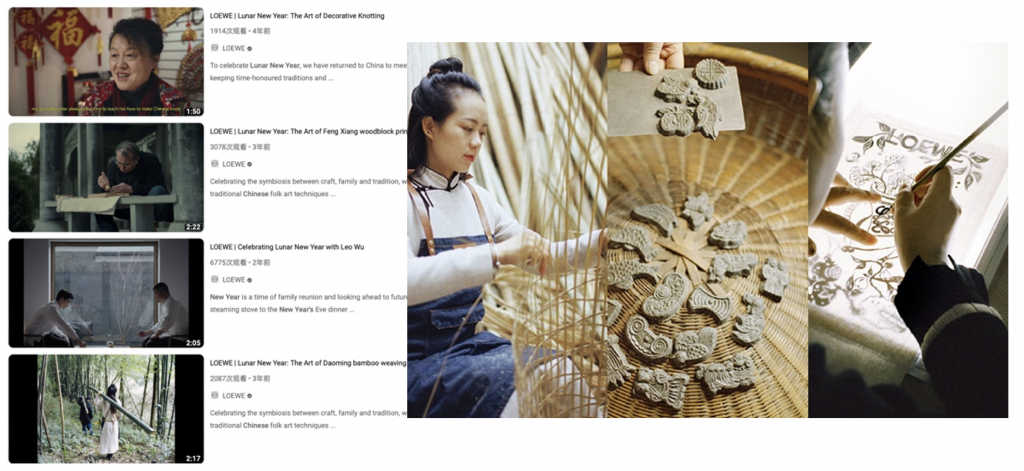
But when I carefully study the Chinese element products produced by LOEWE, as a Chinese, I think they are really learning attentively. Since 2019, LOEWE has explored Chinese traditional culture, and has released a special documentary on craft stories of “JIA – CHENG” (Family and Heritage) on the Spring Festival for four consecutive years. Based on the humanistic spirit of craftsmen, visits to traditional Chinese craft families, and takes the family and the Spring Festival as the entry point to record the moment when art sprouts. During the preparation of the documentary, LOEWE visited 9 traditional craft families in 9 cities in three years. This recording method not only reflects LOEWE’s intentions, but also reflects the seriousness of LOEWE’s attitude. The brand’s learning from Chinese traditional culture also shows more possibilities for future product design. It is not a compulsory course for a brand to spend a long time exploring the story of the country, but reaching consumers at a deeper level will resonate with them. (Sohu Fashion, 2021)
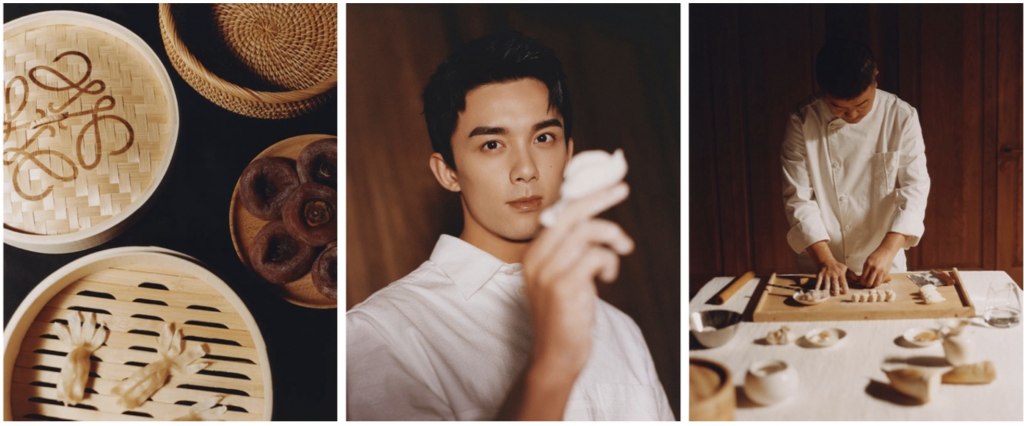
The Spring Festival is as important to the Chinese as Christmas, and such a day requires the whole family to reunite to celebrate. In 2022, the blockbuster film released by LOEWE in China will deeply capture the hearts of every wanderer. LOEWE invited a first-class Chinese pastry chef to cooperate with brand ambassador Wu Lei to record a video of making Chinese New Year dumplings. Plump dumplings imply a beautiful vision for the New Year, and the woven steamer in the video was distributed as a gift for their VIC. This film is a chapter in the “Jia Cheng” series, named Reunion Dinner and expresses that even if you are in a foreign country, LOEWE is always by your side like a family member, making countless wanderers feel nostalgia. It also symbolizes that the LOEWE’s production process is as meticulous and craftsman-like as the process of making dumplings through the visual transformation. It carefully evokes the feeling of “home” of Chinese consumers and respects the local cultural characteristics. (Loewe,2022)
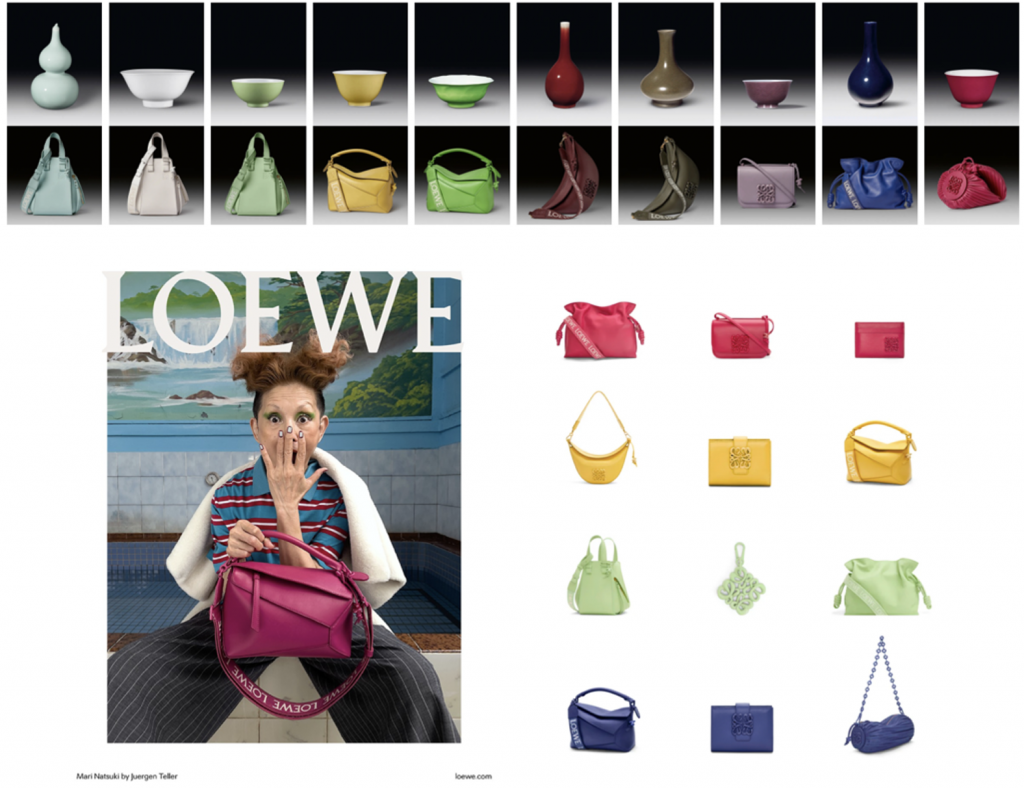
(Loewe,2023) (Kimberly, 2023)
In 2023, LOEWE’s early spring series released design works inspired by the traditional Chinese monochrome ceramics handicrafts of China’s Ming and Qing dynasties, in order to pay tribute to Chinese culture and bring Chinese traditional culture to a new stage. This time Loewe chose deep purple, pale aubergine, ruby red, sang the boeuf, pale yellow, tea dust, pea green, lime green, pale celadon and white from the Chinese monochrome ceramics series to use. Each of the ten colors embodies the values of Chinese culture and can remind people of the stories behind the corresponding ceramics. (Loewe,2023) These colors are derived from the Chinese Five Elements Theory and represent different meanings. (Red represents auspiciousness and happiness, yellow represents power and wealth, blue represents longevity, green represents prosperity and health, white represents purity, and purple represents rarity and costly.) Each finished product includes a single page or label in 9 languages to tell the inspiration of this cooperation, which is a powerful export of Chinese culture to foreign countries. Jonathan Anderson described in the official statement that the series was overwhelmed by the charm of monochrome ceramics during his trip in China. Chinese monochrome ceramics have had a great influence on art from all over the world since ancient times, also laid the foundation for many artists. (Wu, 2022) In order to introduce the historical value of Chinese monochrome ceramics to the public in detail, LOEWE specially invited historians of relevant scientific research to record short videos, describing the long history and ingenious craftsmanship of monochrome ceramics in detail. Transnational brand localized cultural output also symbolizes friendly exchanges between people across the country.
It is impossible to win the hearts of consumers in the region without respecting the history and culture of a country. In fact, more luxury brands should learn from LOEWE’s spirit of inquiry, instead of perfunctory consumers to make some very simple products that print local characters to gain attention. Such cultural output is not enough to win people’s deep recognition. When I was doing primary research, I learned a lot about China’s intangible cultural heritage, and the source was a Spanish brand. This was a very surprising thing. Deeply that the international market will pay more attention to and respect the traditional culture of other countries, instead of doing some flattering behaviors just to make money. LOEWE is a good example among luxury goods in terms of localization. It not only maintains the cultural heritage of the brand, but also tries new things to bring to consumers.
In this project, I learned a lot about how Chinese traditional culture integrates with the international market through research. The most important thing that I learned is sometimes you cannot determine something through your own subjective judgment because everything must be supported by data. I hope that through this project more designers can understand the benefits and disadvantages of cultural appropriation. This is not only about the culture of a country, but also about the image established by the brand. Learn to listen to the voices of others and find a more suitable way to get out of the circle instead of “uglifying” itself.Overall, the poor localization efforts of international fashion brands in the Chinese market are mainly reflected in cultural misunderstandings, lack of in-depth understanding, lack of targeted localization strategies and cultural differences. These issues require brands to conduct in-depth analysis and improvements to better meet the needs and expectations of Chinese consumers.